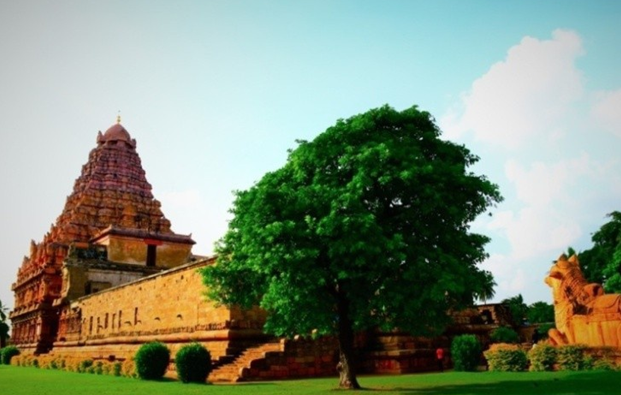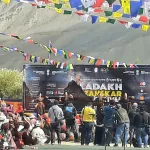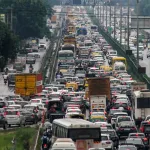The very mention of the Chola dynasty immediately evokes the southern region of India, as it has long been portrayed as a dynasty confined solely to South India. Two world-renowned temples constructed by this dynasty – the Brihadishwar Temple in Thanjavur and the Brihadishwar Temple in Gangaikondacholapuram, both dedicated to Lord Shiva, the deity revered by countless Indians. The former was commissioned by Rajaraja Chola and the latter by his son, Rajendra Chola. These temples were built in the 11th century CE and brought the Chola dynasty immense global recognition.
But is this the only contribution of the Cholas to Indian history? And are they only this ancient?
Since India’s popular Prime Minister, Shri Narendra Modi, recently visited the Brihadishwar Temple built by Rajendra Chola, it becomes necessary to revisit the legacy of the Chola rulers.
The term “Akhand Bharat” refers to a geographical expanse that was first unified under the Mauryan Empire. Emperor Ashoka, the illustrious ruler of that empire, had numerous inscriptions carved that inform us about that era’s history. In one such inscription, dating to the 8th year of Ashoka’s reign, we find the earliest recorded reference to the brave Chola dynasty.
This means that, from an archaeological perspective, the Chola dynasty is around 2,300 years old, and in that time, Emperor Ashoka used to send his envoys to the Chola Sabha (Chola court).
Besides archaeological evidence, Cholas are also mentioned in the Sangam literature of the 2nd century CE.
The Sanskrit language, often wrongfully confined to North India, also saw inscriptions commissioned by Chola rulers, affirming India’s cultural unity. The first known Chola king was “Karikala,” believed to have ruled in the 2nd century CE. However, based on archaeological records, Karikala may not have been the first ruler of the dynasty.
The real zenith of Chola power came in the 10th century CE, when King Rajaraja Chola conquered present-day Sri Lanka, then known as Simhala. During this period, Shiva temples were built by the Chola rulers in Sri Lanka, symbolizing the cultural and religious unity between India and Sri Lanka.
It was Rajaraja who constructed the grand Brihadishwar Temple in Thanjavur, dedicated to his revered deity, Lord Shiva. Later, Maratha rulers from North India restored parts of this temple which is yet another testament to the deep-rooted unity between North and South India.
Rajaraja’s son, Rajendra Chola, went even further conquering Java, Sumatra, and various islands of Southeast Asia. These victories were the result of highly skilled naval expeditions, showcasing the advanced capabilities of the Indian navy at the time. That is why, even today, remnants of Hindu culture are visible across these island nations.
Rajendra Chola also led a successful military campaign up to the Ganga valley. As a result of this northern victory, a new capital was established in Gangaikondacholapuram along with the construction of a magnificent Shiva temple, where Prime Minister Narendra Modi recently offered his prayers.
How did the Chola rulers, who triumphed all the way to the Ganga valley, end up being portrayed in history textbooks as rulers limited to South India? How can the Cholas who were fervent devotees of the Vedic deity Rudra (Shiva) can be seen as separate from the Vedic Hindu tradition? How can the Cholas who commissioned inscriptions in Sanskrit be labeled as separate from the Sanatan tradition?
These are narratives that only serve to encourage separatism, narratives currently being promoted in Tamil Nadu for the sake of vote-bank politics.
(The Author is Assistant Professor History, Shaheed Bhagat Singh College, University of Delhi)








